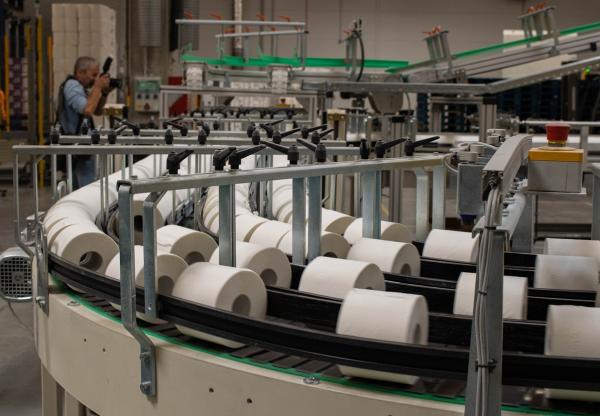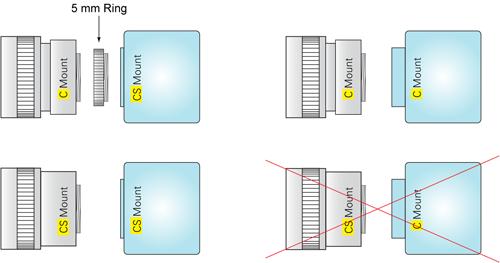As a key component of the machine vision system, industrial cameras are usually installed on the machine assembly line to replace the human eye for measurement and judgment. Therefore, choosing a suitable camera lens is also an indispensable part of the machine vision system design.
So, how should we choose a suitable industrial camera lens? What issues should be considered when choosing an industrial camera lens? Let’s take a look together.
1.Basic considerations for selecting industrial camera lenses
①Choose CCD or CMOS camera according to different applications
CCD industrial camera lenses are mainly used for image extraction of moving objects. Of course, with the development of CMOS technology, CMOS industrial cameras are also used in many chip placement machines. CCD industrial cameras are widely used in the field of visual automatic inspection. CMOS industrial cameras are widely used because of their low cost and low power consumption.
Industrial cameras are used in production lines
②Resolution of industrial camera lenses
First, the resolution is chosen by considering the accuracy of the object being observed or measured. If the camera pixel accuracy = single-direction field of view size / camera single-direction resolution, then the camera single-direction resolution = single-direction field of view size / theoretical accuracy.
If the single field of view is 5mm and the theoretical accuracy is 0.02mm, the single-direction resolution is 5/0.02=250. However, in order to increase the stability of the system, it is not possible to correspond to a measurement/observation accuracy value with just one pixel unit. Generally, more than 4 can be selected, so the camera needs a single-direction resolution of 1000 and 1.3 million pixels.
Secondly, considering the output of industrial cameras, high resolution is helpful for posture observation or analysis and recognition of machine software. If it is VGA or USB output, it should be observed on the monitor, so the resolution of the monitor should also be considered. No matter how high the resolution of industrial vision technology is with industrial camera lenses, it will not make much sense if the resolution of the monitor is not enough. The high resolution of industrial cameras is also helpful if using memory cards or taking pictures.
③Camera frame rate of industrial camera lens
When the object being measured is moving, an industrial camera lens with a higher frame rate should be selected. But generally speaking, the higher the resolution, the lower the frame rate.
④Matching of industrial lenses
The sensor chip size should be smaller than or equal to the lens size, and the C or CS mount should also match.
2.Other considerations for choosing the right camera lens
①C-mount or CS-mount
The interface distance of the C-mount is 17.5mm, and the interface distance of the CS-mount is 12.5mm. You can only focus when you select the correct interface.
Differences between different interfaces
②Size of photosensitive device
For a 2/3-inch photosensitive chip, you should choose an industrial camera lens that corresponds to the imaging coil. If you choose 1/3 or 1/2 inch, a larger dark corner will appear.
③Select focal length
That is, choose an industrial lens with a field of view slightly larger than the observation range.
④Depth of field and lighting environment should match
In places with sufficient light or high light intensity, you can choose a small aperture to increase the depth of field and thus improve the shooting clarity; in places with insufficient light, you can choose a slightly larger aperture, or choose a photosensitive chip with high sensitivity.
In addition, in order to choose the right industrial camera lens, you also need to pay attention to some popular trends. For example, image sensors have made great progress in recent years, with the trend towards more and more pixels to improve the resolution of industrial camera lenses, as well as higher sensitivity (backlit image sensors). Furthermore, CCD technology has become more efficient and now shares more and more functions with CMOS technology sensors.
Final Thoughts:
ChuangAn has carried out the preliminary design and production of industrial camera lenses, which are used in all aspects of industrial applications. If you are interested in or have needs for industrial camera lenses, please contact us as soon as possible.
Post time: Nov-19-2024





